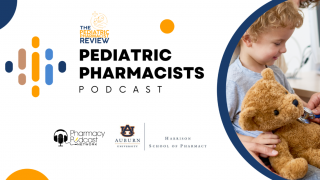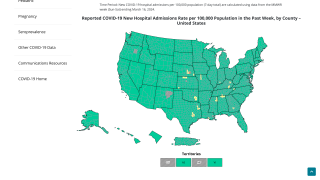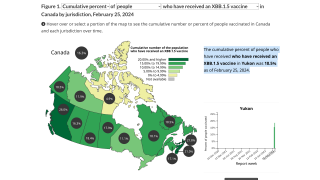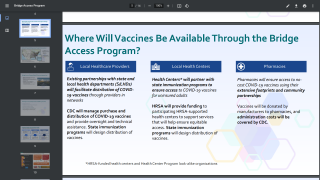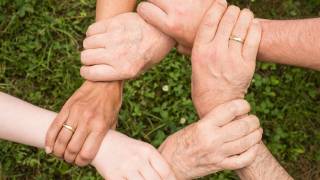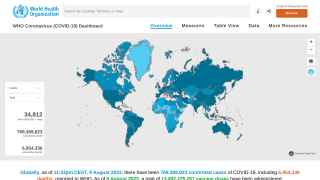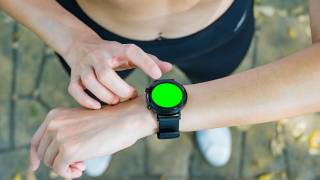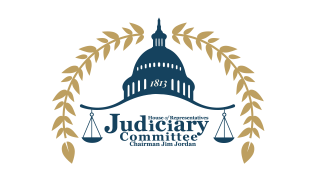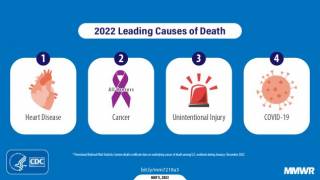Who Actually Receives Monoclonal Antibody Treatment?
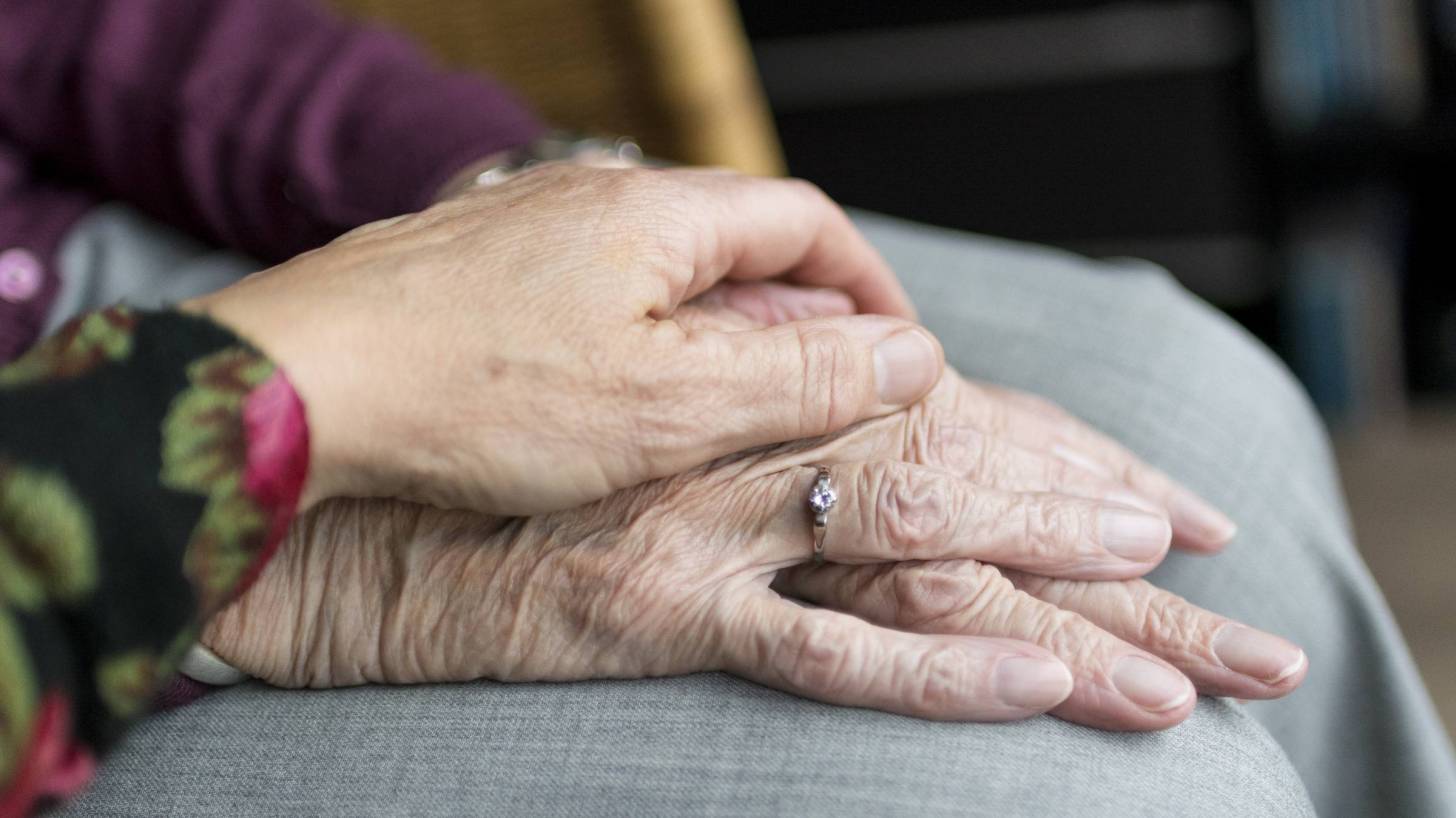
New research co-authored by researchers from Harvard T.H. Chan School of Public Health found seniors over age 65 at the highest risk for severe COVID-19 have often been the least likely to receive innovative monoclonal antibody (mAbs) treatments.
But during the ongoing COVID-19 pandemic, anti-SARS-CoV-2 mAbs have been in short supply in the U.S., creating allocation conflicts at the local level.
Published on February 4, 2022, in the JAMA Network, the researchers wanted to learn how the limited supply of mAb therapy was allocated to patients at the highest risk for severe disease.
They looked at data from more than 1.9 million Medicare beneficiaries who had been diagnosed with COVID-19 between November 2020 and August 2021 and compared rates of receiving mAbs by age, sex, race and ethnicity, region, and the number of chronic conditions.
They found that, among Medicare beneficiaries who weren't hospitalized or who didn't pass away within seven days of their diagnosis, only 7.2% received mAb therapy.
The likelihood of receiving mAbs was higher among those with fewer chronic conditions—23.2% of those with no chronic conditions received mAbs, versus 6.3%, 6.0%, and 4.7% of those with 1-3, 4-5, and 6 or more chronic conditions, respectively.
In addition, there were significant differences among states when it came to mAb treatment.
For example, Rhode Island and Louisiana administered mAbs to the highest proportion of non-hospitalized patients with COVID-19 (24.9% and 21.2%), while Alaska and Washington administered the lowest proportion (1.1% and 0.7%).
Southern states had the highest rates of mAb therapy (10.6% of beneficiaries), while states in the West had the lowest rates (2.9%).
Speculating why mAb therapy often failed to reach the highest-risk COVID-19 patients, the researchers said higher-risk patients might have had difficulty navigating the multiple steps needed to receive mAbs, from obtaining a timely diagnosis to referral and scheduling an infusion within ten days.
The main target of mAbs is the surface spike glycoprotein that mediates viral entry into host cells. mAbs treatments block the SARS-CoV-2 virus from entering cells in the human body and limit the amount of the virus within a person. says the U.S. NIH.
Federal guidelines prioritize patients at higher risk of being hospitalized or dying from COVID-19, including older people and those with chronic conditions. However, states are responsible for allocating the local allocation of mAbs.
Since September 24, 2021, the U.S. government has distributed about 3.3 million mAbs to states, territories, and agencies.
On February 7, 2022, the U.S. distributed 101,512 mAbs doses, about 19% fewer than last week's distribution.
Unfortunately, our federal and state system for distributing these drugs has failed our most vulnerable patients," stated Michael Barnett, assistant professor of health policy and management at Harvard Chan School and lead author of the study, in a press release.
"We need new approaches to prevent these inequities from happening again with newer treatments on the horizon," said Barnett.
Other Harvard Chan School co-authors included Ellen Meara, Arnold Epstein, and E. John Orav. Funding for the study came from the National Institute on Aging and the Agency for Healthcare Research and Quality. No industry conflicts of interest were disclosed.
The latest mAbs news is published on this Precision Vaccinations webpage.
PrecisionVaccinations publishes fact-checked, research-based antibody, antiviral, and vaccine news.
Our Trust Standards: Medical Advisory Committee

